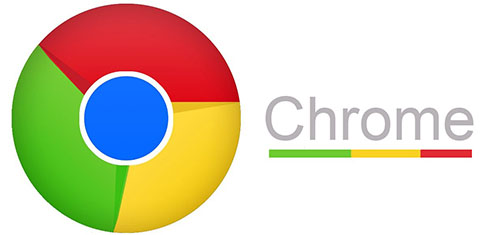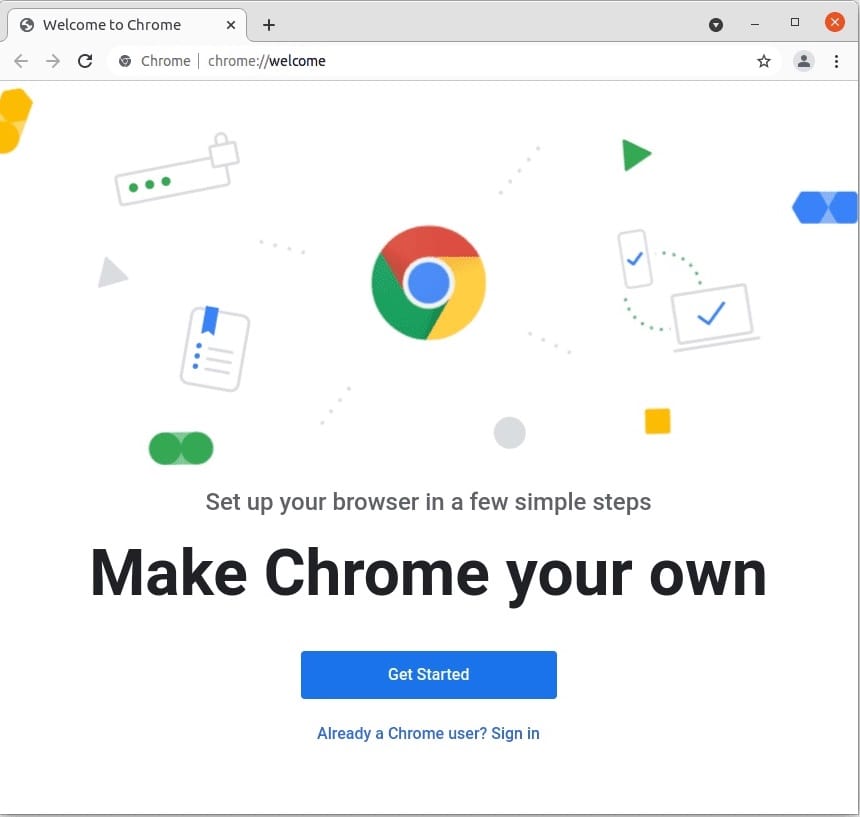How To Install Google Chrome on Fedora 39

In this tutorial, we will show you how to install Google Chrome on Fedora 39. Google Chrome is a popular web browser developed by Google. It’s known for its speed, security, and simplicity. When it comes to using Google Chrome on Fedora Linux, there are several aspects to consider, including its features and performance.
This article assumes you have at least basic knowledge of Linux, know how to use the shell, and most importantly, you host your site on your own VPS. The installation is quite simple and assumes you are running in the root account, if not you may need to add ‘sudo‘ to the commands to get root privileges. I will show you the step-by-step installation of the Google Chrome web browser on a Fedora 39.
Prerequisites
Before diving into the installation process, let’s ensure that you have everything you need:
- A server running one of the following operating systems: Fedora 39.
- It’s recommended that you use a fresh OS install to prevent any potential issues.
- You will need access to the terminal to execute commands. Fedora 39 provides the Terminal application for this purpose. It can be found in your Applications menu.
- You’ll need an active internet connection to download Google Chrome and its dependencies.
- Throughout the installation, administrative privileges are crucial. Use the
sudocommand to execute commands as the superuser.
Install Google Chrome on Fedora 39
Step 1. Before installation, it’s crucial to ensure that your package manager is up to date. Use the DNF (Dandified Yum) package manager to update your system. Open the terminal and execute the following commands:
sudo dnf clean all sudo dnf update
Step 2. Installing Google Chrome on Fedora 39.
Navigate to the official Google Chrome download page in your browser. Choose the RPM package suitable for Fedora 39, ensuring you select the correct architecture (32-bit or 64-bit):
cd ~/Downloads wget https://dl.google.com/linux/direct/google-chrome-stable_current_x86_64.rpm
Next, change to the directory containing the downloaded RPM package and execute the installation command:
sudo dnf install google-chrome-stable_current_x86_64.rpm
Verify the successful installation by checking the Google Chrome version:
google-chrome --version
Step 3. Accessing Google Chrome on Fedora.
After installation, launch Chrome from the applications menu or by entering ‘google-chrome‘ in the terminal:
google-chrome

Step 4. Troubleshooting and Common Issues.
- Addressing Post-Installation Problems: If you encounter issues after installation, refer to the official Google Chrome troubleshooting guide and community forums for assistance.
- Troubleshooting Dependency Conflicts: Resolve dependency conflicts by using the
dnfpackage manager to identify and install missing dependencies. Refer to the terminal error messages for guidance. - Seeking Help from the Fedora Community and Google Chrome Forums: Engage with the Fedora community and Google Chrome forums for expert assistance. Share your issue, providing detailed information for a faster and more accurate resolution.
Security Considerations
- Update Google Chrome Regularly: Stay protected by keeping Google Chrome up to date. Enable automatic updates or regularly check for updates through the browser settings.
- Configure Security Settings for Enhanced Protection: Navigate to Chrome’s security settings and adjust them to enhance your online security. Enable features like Safe Browsing for added protection against malicious websites.
-
Best Practices for Safe Browsing on Fedora 39: Practice safe browsing habits, such as avoiding suspicious websites, using strong and unique passwords, and being cautious with downloads. These habits complement the security measures provided by Google Chrome and Fedora.
Congratulations! You have successfully installed Google Chrome. Thanks for using this tutorial for installing the Google Chrome browser on your Fedora 39 system. For additional Apache or useful information, we recommend you check the official Chrome website.